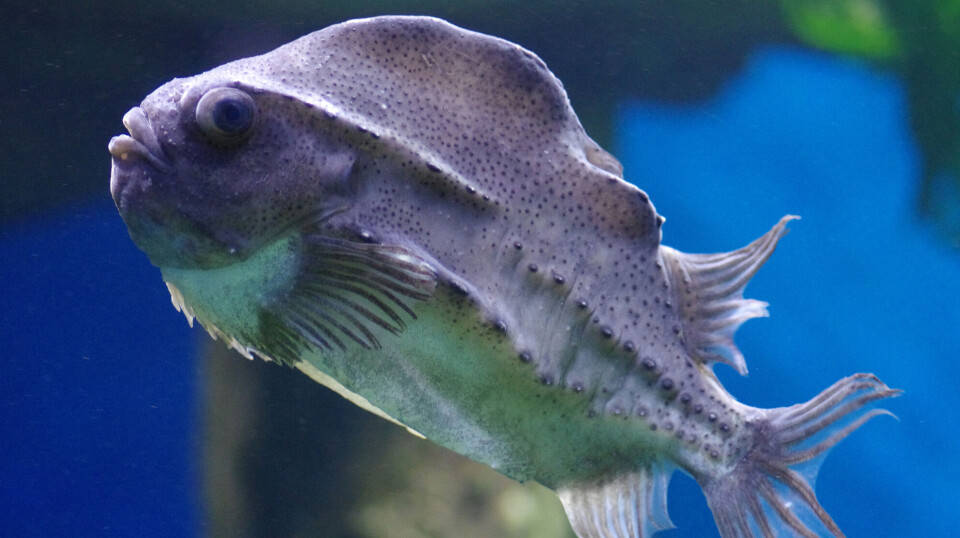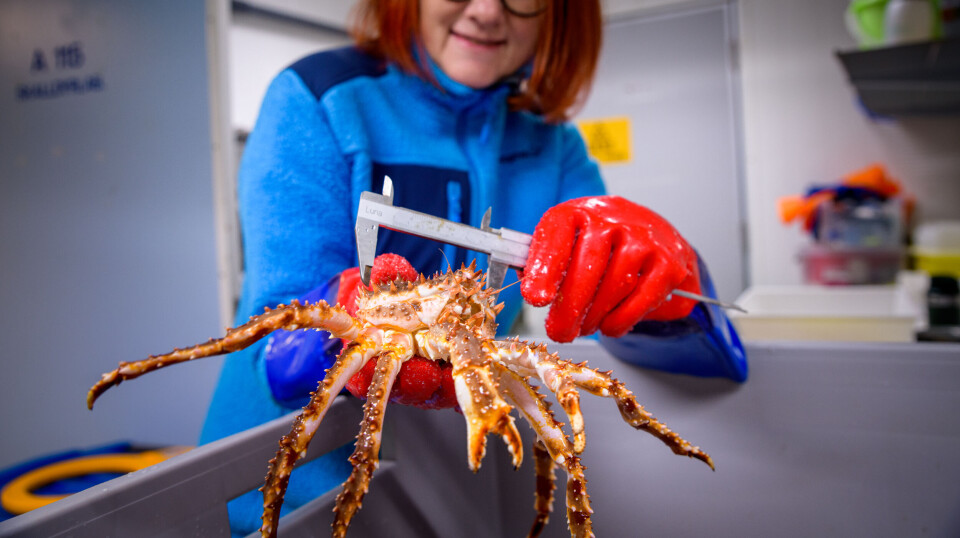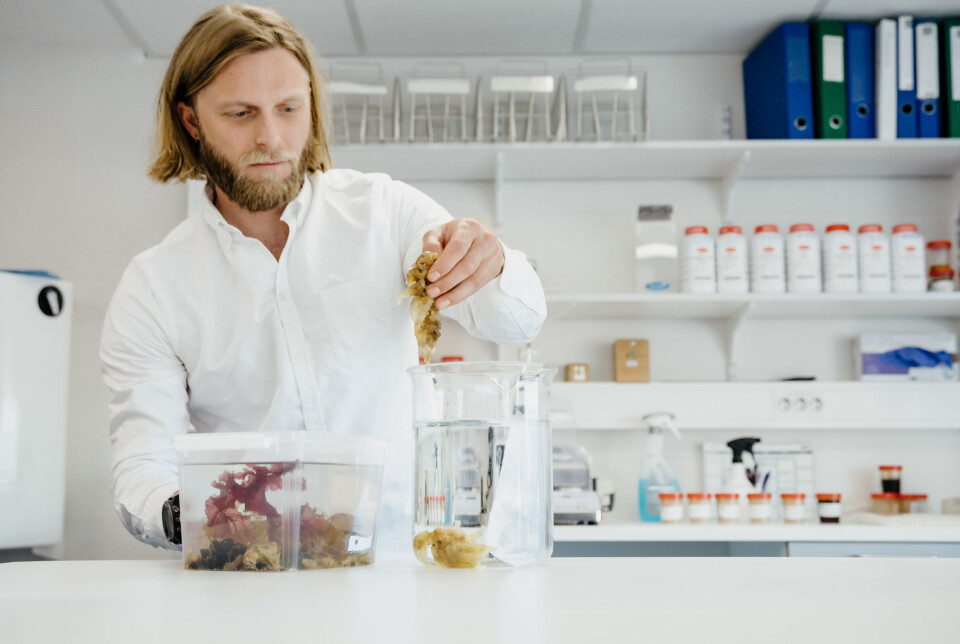
The sea squirt was supposed to be animal feed, but it smelled too good
Biologist argues that this is the world's most climate-friendly meat.
All the food we make affects the environment around us.
But how much the food affects the environment varies greatly.
“This is the world's most climate-friendly meat,” says biologist Magnus Petersen.
He and his colleagues at Pronofa are making minced meat from the sea.
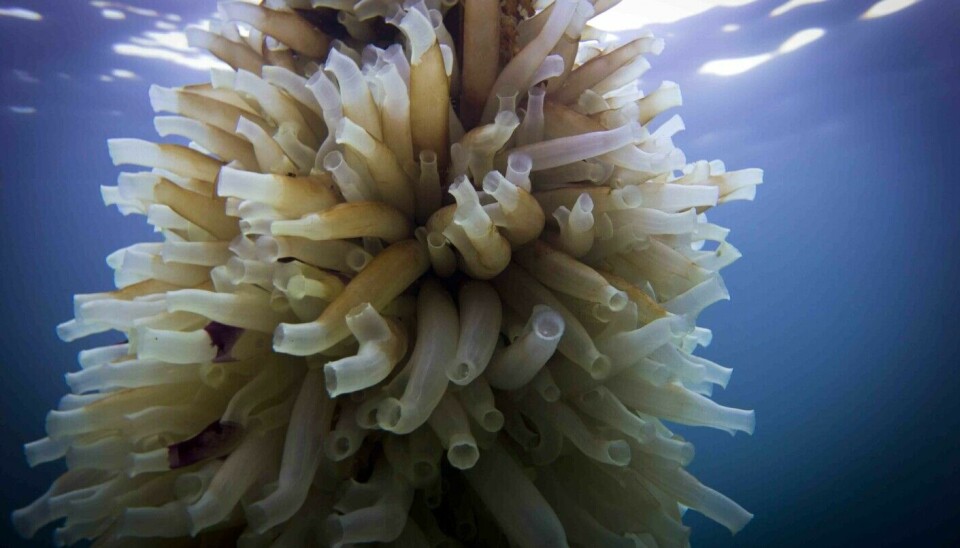
Made from the sea's filter feeders
The minced meat is made from a sea animal called sea squirt.
They look like long balloons and attach themselves to ropes and docks.
“They don't require land space or feeding to grow. They thrive independently along the Norwegian and Swedish coasts,” says Petersen.
This makes them environmentally friendly.
They hang and dangle, living off plant and animal plankton.
“We’re proud to offer a solution that is good for both people and the planet,” says Petersen.
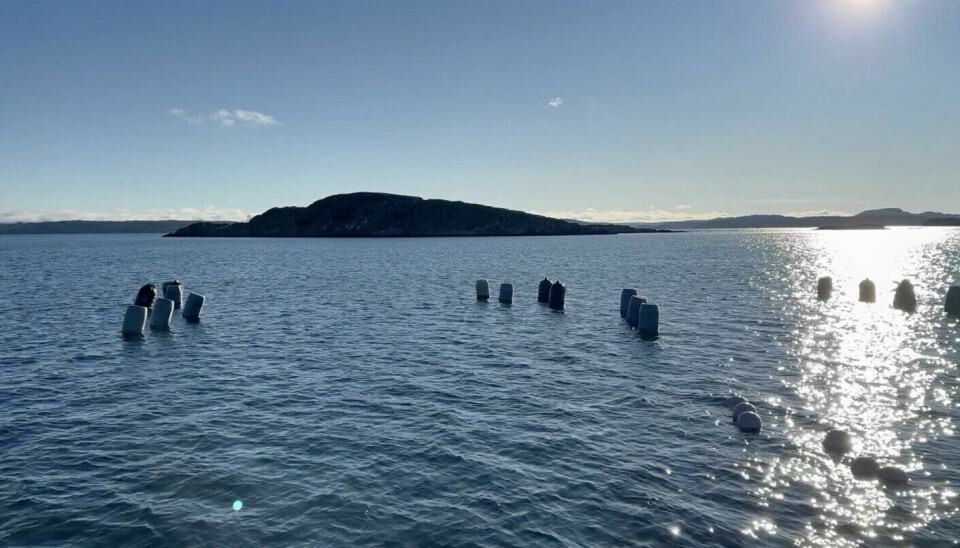
Smelled so good
The initial plan was to turn sea squirts into animal feed.
But the researchers changed their minds.
“It smelled so good,” says Petersen.
There are many different species of sea squirts. Petersen and his colleagues use a species called Ciona.
Beef and
ham contain protein – the body's building blocks. So do sea squirts.
“But they don’t taste like fish or the sea. They also have less salt, fat, and calories than regular minced meat,” he says.
According to producers, sea squirt tastes like meat and is excellent for meatballs, tacos, and lasagne.
Pronofa has tested sea squirt meatballs among Swedish school children for over a year, and it has been a success.

Must follow regulations
“Sea squirts act like small filters and might ingest various substances. Is it completely safe to eat them?”
“Yes, Ciona minced meat is safe to eat. We eat mussels and scallops, which also filter water,” Petersen says.
The producers must adhere to strict regulations to ensure that everything is safe.
Minced meat from the sea is expected to hit stores in 2024, with a price comparable to regular minced meat.
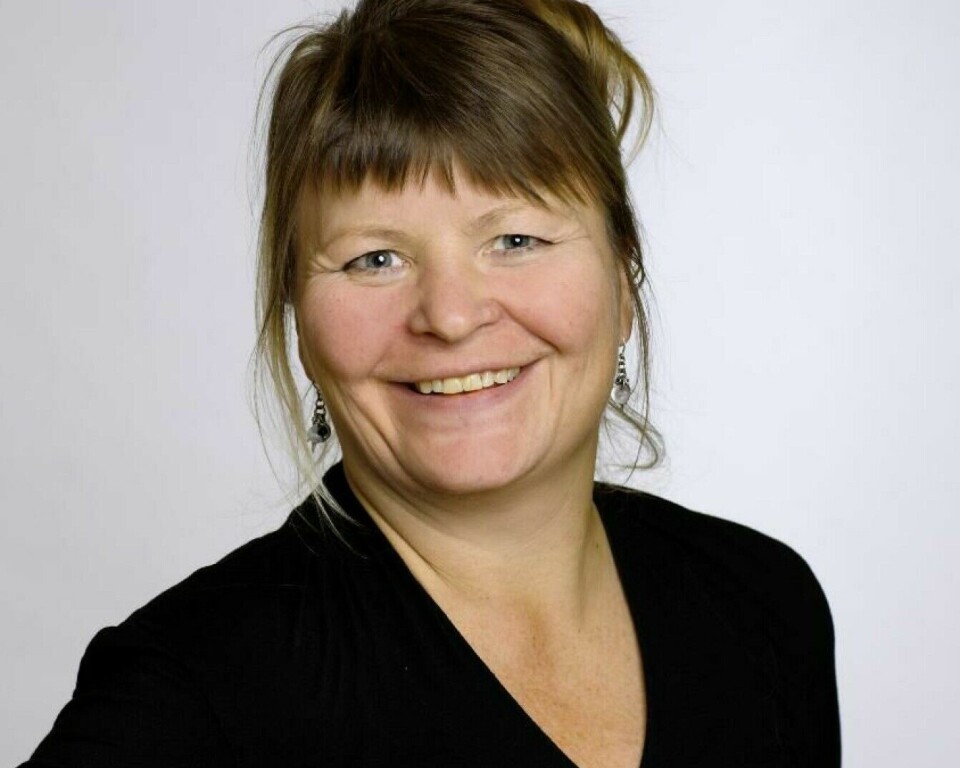
Only 2 per cent from the sea
“We need to change our eating habits to ensure we have enough food for the future,” says Petersen.
Most researchers agree on this.
As the global population grows, only 2 per cent of our food comes from the sea, according to the Institute of Marine Research.
Many experts argue that more of our future food should come from the sea.
“Pronofa's meat can contribute to this,” says Petersen.
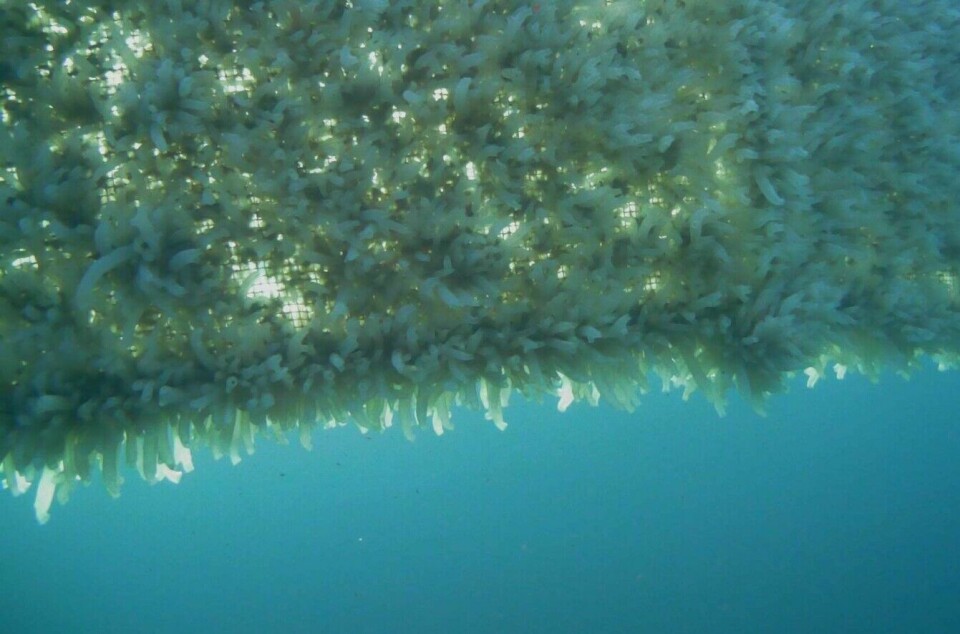
Six times more sea than land
“I’ve heard about projects involving sea squirts, but mostly as feed for farmed fish,” says Edel O. Elvevoll.
She is a professor at UiT The Arctic University of Norway and studies seafood.
It’s exciting that sea squirts are now becoming food for humans.
“This is great for us and nature,” she says.
Norway has almost six times more sea than land.
“It needs to be utilised. Additionally, seafood has lower CO2 emissions than land-based food,” she says.
Elvevoll believes we should also eat other creatures and plants from the sea.
“Like sea cucumbers, octopus, snails, shellfish, sea urchins, bristle worms, seaweed, and kelp, and in this case – sea squirts,” she says.
———
Translated by Alette Bjordal Gjellesvik
Read the Norwegian version of this article on ung.forskning.no








